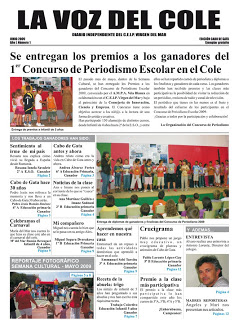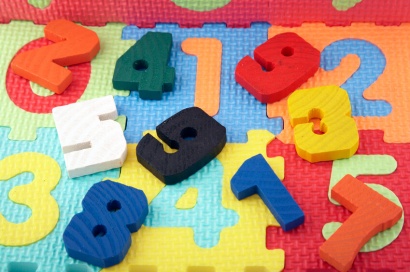 We live in a digital world, some will say that by nature (at the particle level, it is discontinuous), while others will say that because we need to represent reality in a way that is understandable to our machines, computers. In any case, we are in the process of digitizing everything (or almost).
We live in a digital world, some will say that by nature (at the particle level, it is discontinuous), while others will say that because we need to represent reality in a way that is understandable to our machines, computers. In any case, we are in the process of digitizing everything (or almost).
Digitization is a process by which something real (physical, tangible) is transferred to digital data so that it can be handled by a computer (of nature, in turn, digital), modeling it, modifying it, and taking advantage of it for other different purposes. of its original role or function.
That is, we go from a continuous reality (or that we see at the macroscopic level as such), to a discontinuous reality, made up of bits (zeros and ones).
Digitization requires the reading, usually by means of technological tools, of the original model to collect data that will later be useful to reconstruct the object in digital format inside the computer.
The term applies to different technologies for slightly different purposes.
For example, digitizing a handwritten document on paper can consist of scanning and subsequent interpretation using an OCR (Optical Character Recognizer) program, or just scanning.
If we stay with the first part, the scan, we get a document that is readable on the screen and printable, that can be manipulated as an image, but that we will not be able to edit as text. On the other hand, if we allow a software recognize what is written, we will have a manipulable text.
And this example allows me to introduce a new concept: digitization can contain errors with respect to what we human beings interpret.
Without going any further, in the case of the document scanned and then interpreted, a bad handwriting of the author of the text can lead the OCR program to interpret an l where an i should go, or vice versa, or to misinterpret some other character.
This requires a review of the text and its correction by a human proofreader.
The digitization process can be applied to many facets of life and nature. For instance:
- Sound waves, such as voice or music, to be manipulated or simply reproduced in digital format, transmitted over the Internet and stored.
- Image. The same digital cameras incorporate a sensor that what it does is capture what is seen through the lens in the form of bits, with data corresponding to position and color.
- Radio signals or other types of wireless waves that, like voice, can be analyzed and even manipulated.
- Building plans or, even, data on buildings already built without having the plans (using special tools and techniques), for the subsequent elaboration of three-dimensional models that can be manipulated for purposes of architecture, interior design, ...
Obtaining digital signals from analog (digitization) provides advantages, such as reproduction without loss of quality, and its manipulation to convert it into something different.
Although we have already commented on its manipulation, the reproduction without loss of quality consists in that we can make as many copies as we want without this meaning that they deteriorate.
Have you ever tried to make copies of one cassette to another, and one copy of the copy and so on? There always came a point where one of the copies began to sound frankly bad, since being analog, the recording was gradually deteriorating certain aspects. In fact, two copies of the same original were never exactly the same.
On the other hand, digital data is easily copied without loss of quality, since a 1 will always have the same value, just like a 0.
The problem of digitization is always found in the resources allocated to it: we must take enough samples so that the discrete information is as close as possible to the same information in continuous format.
This is what is called the sampling rate, and it consists of taking the maximum number of digitally quantifiable samples in the minimum amount of time.
Once the data has been obtained in digital form as a result of the reading, we can leave it as it is (RAW format, "raw" in English), or use a compression algorithm with or without loss to reduce its size and make it more manageable and transferable. through telematic networks, although this is usually at the cost of losing a bit of quality.
Photo: Fotolia - rozmarin









